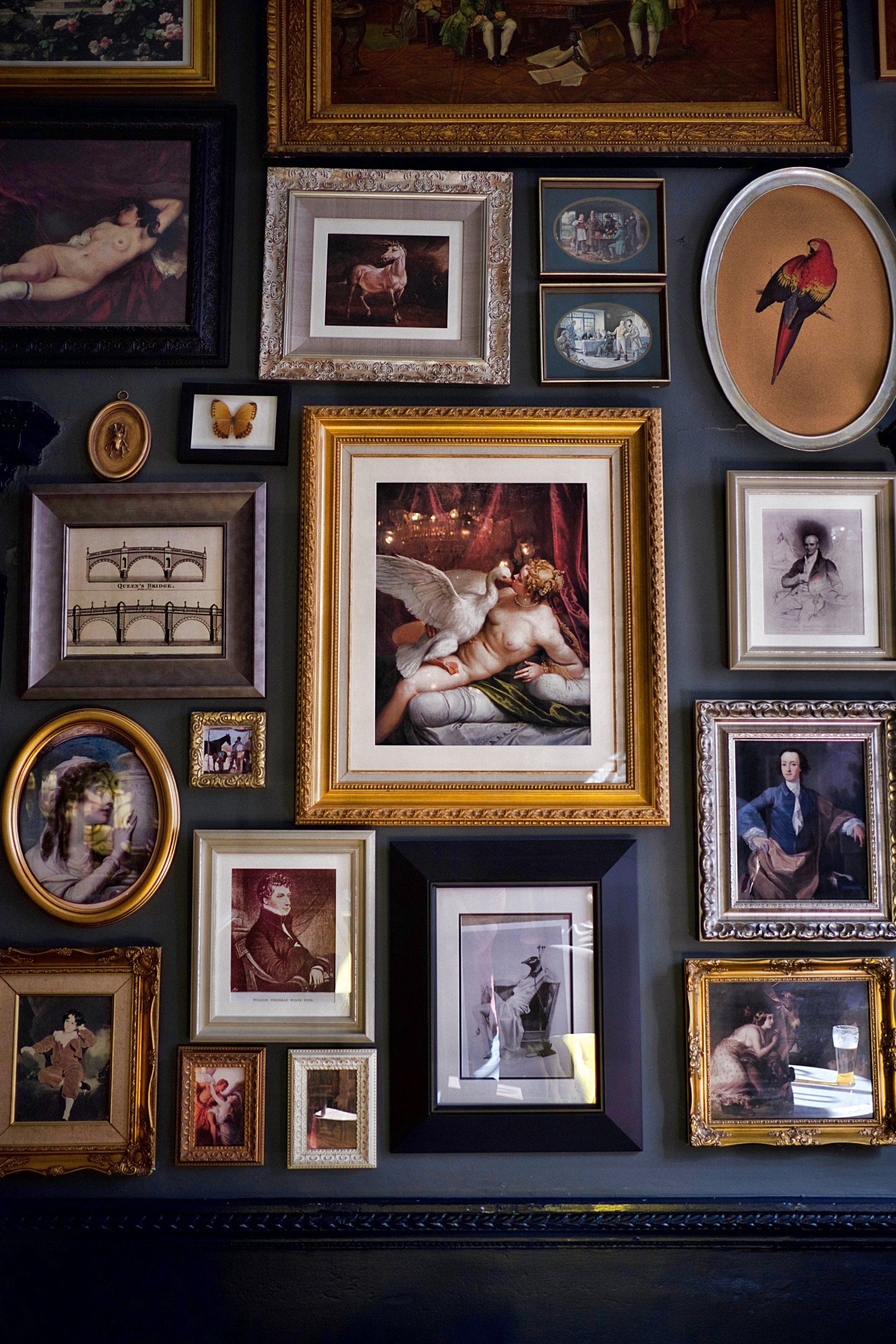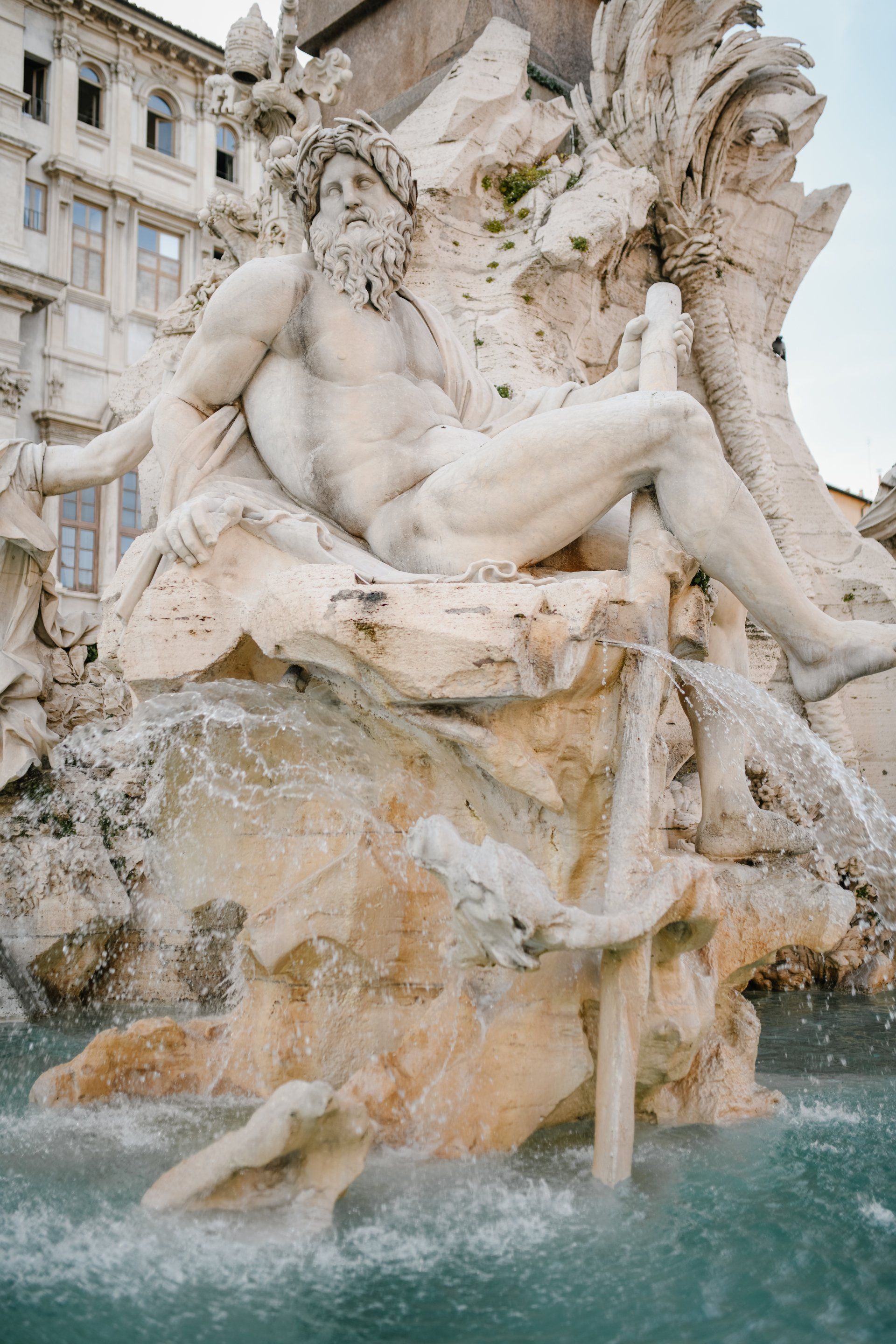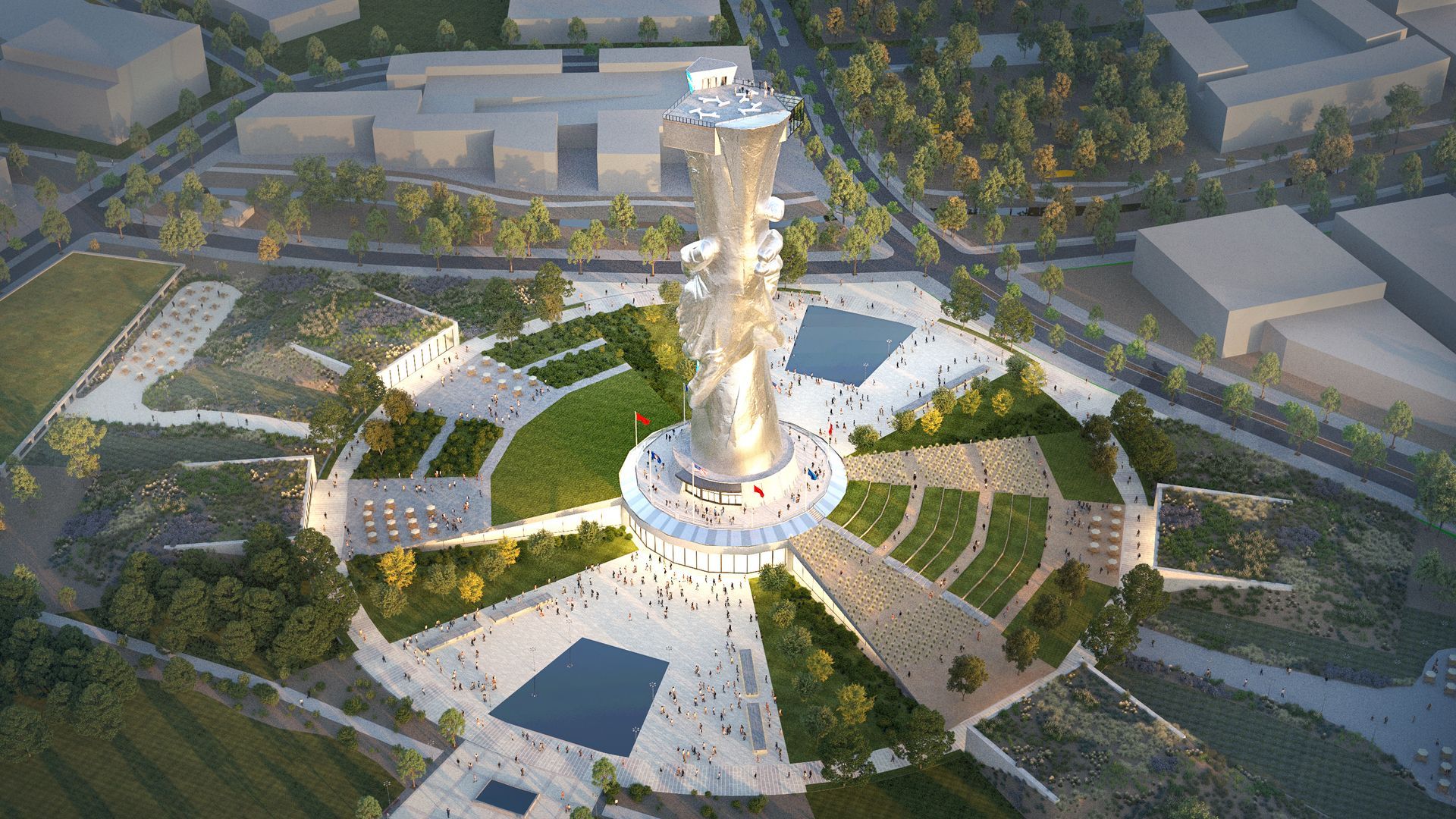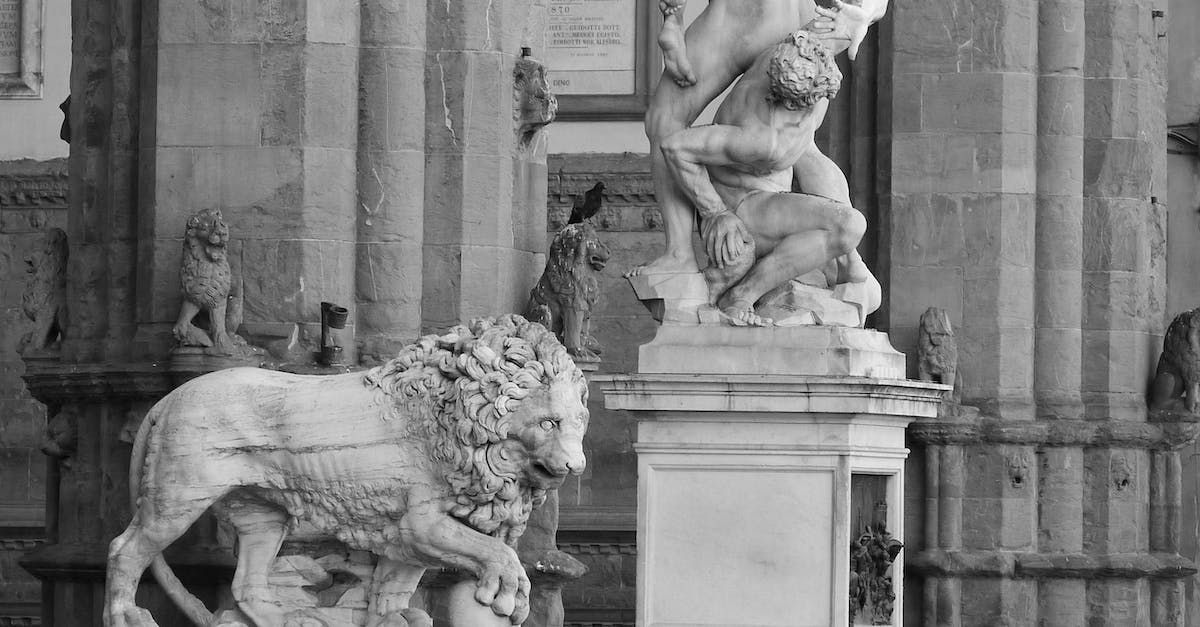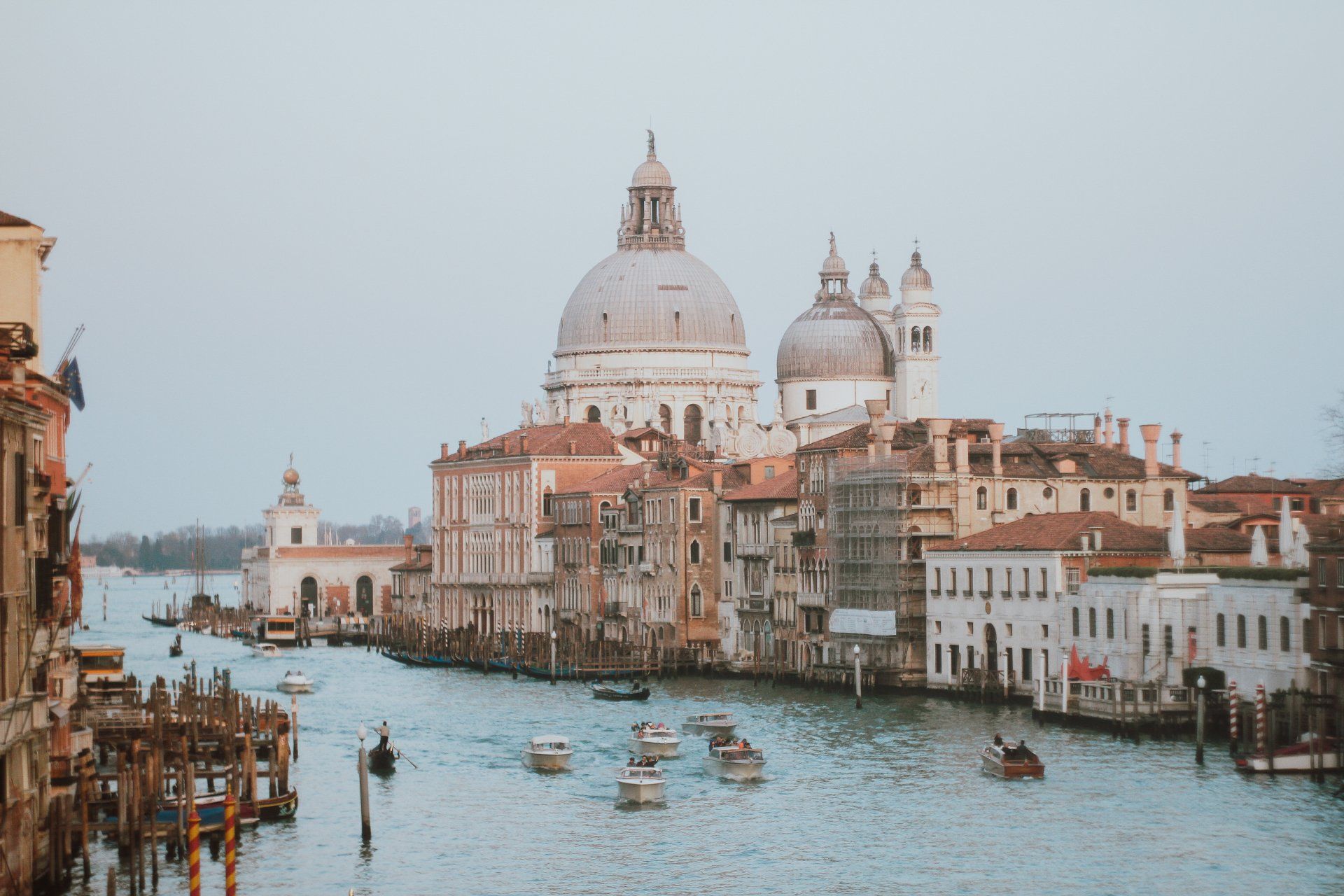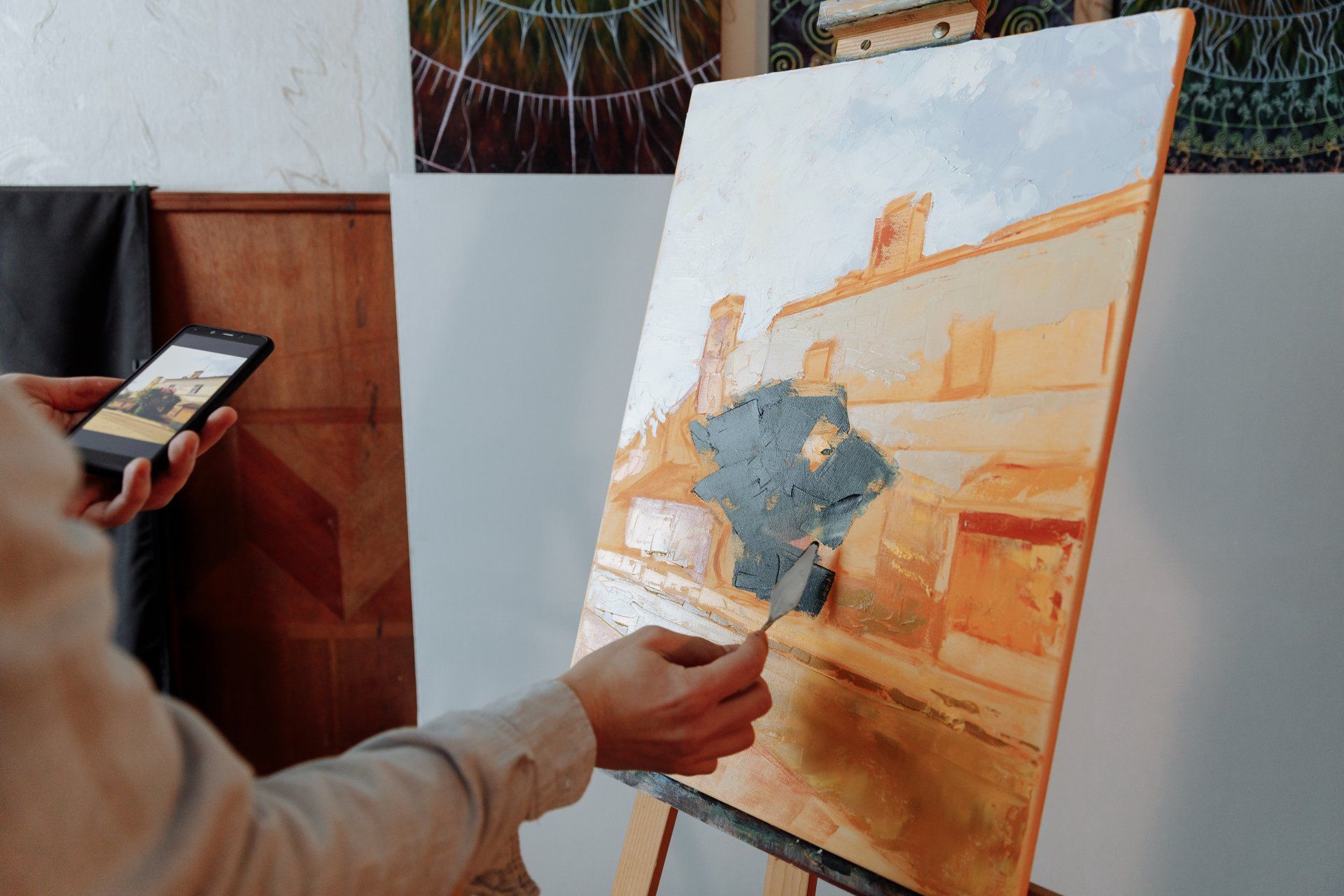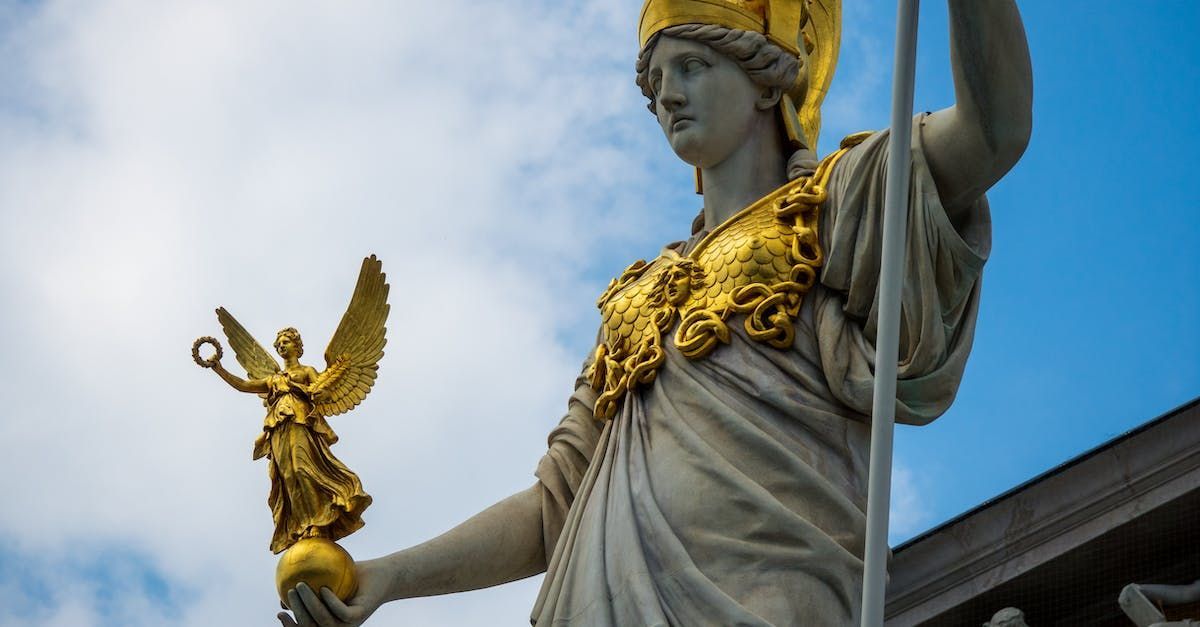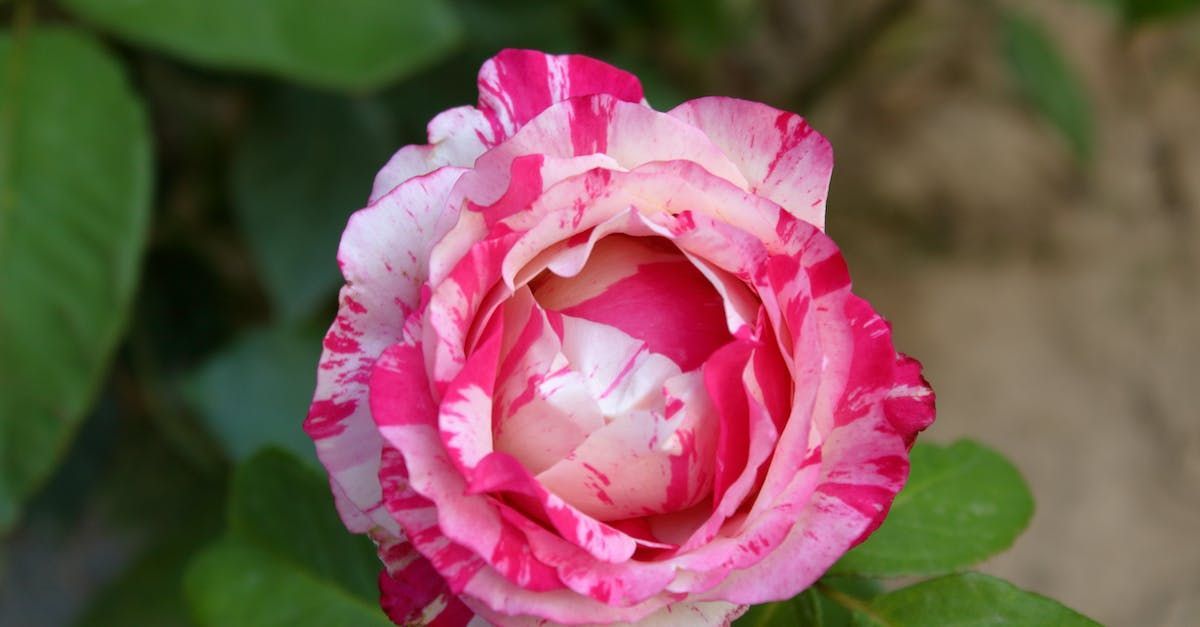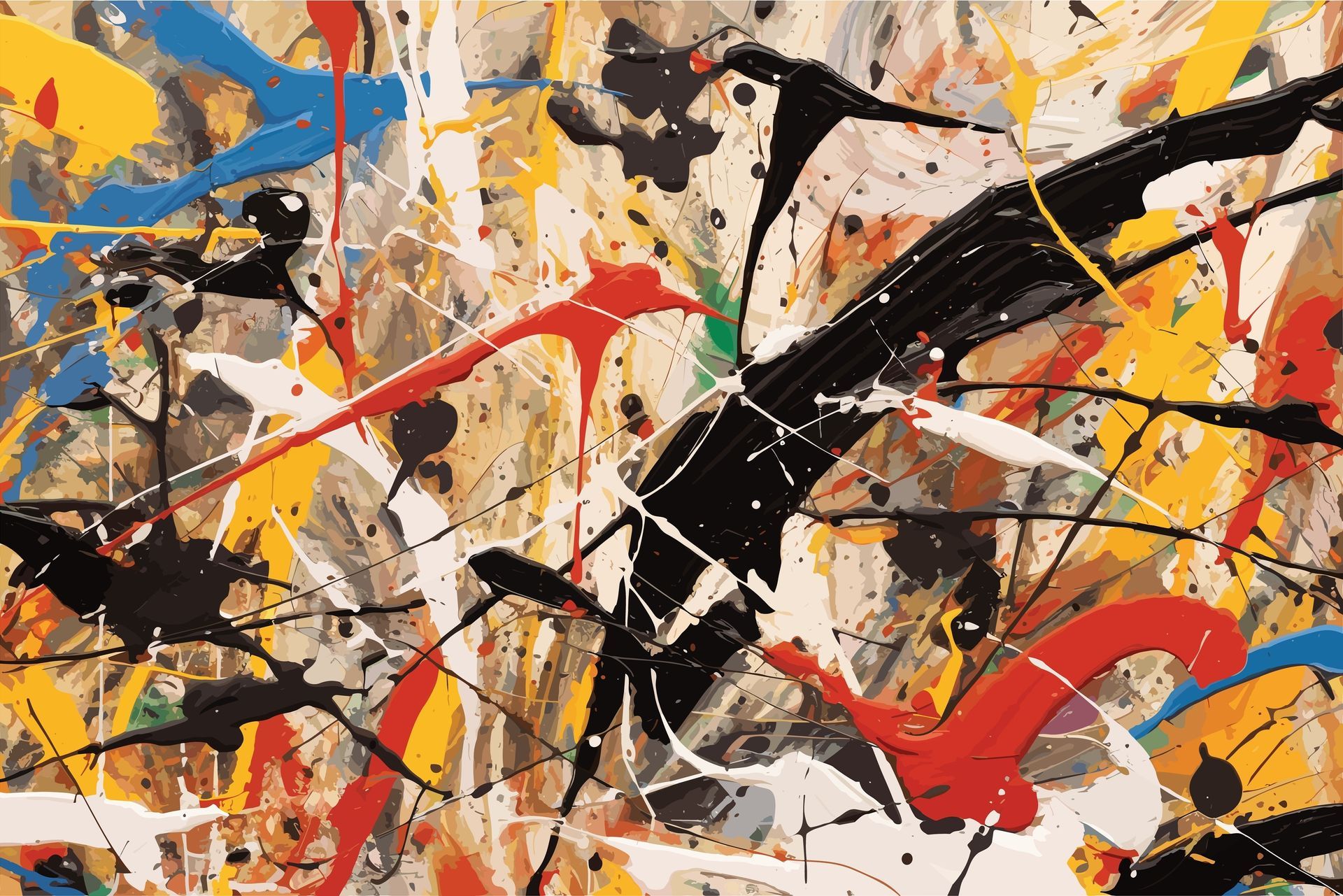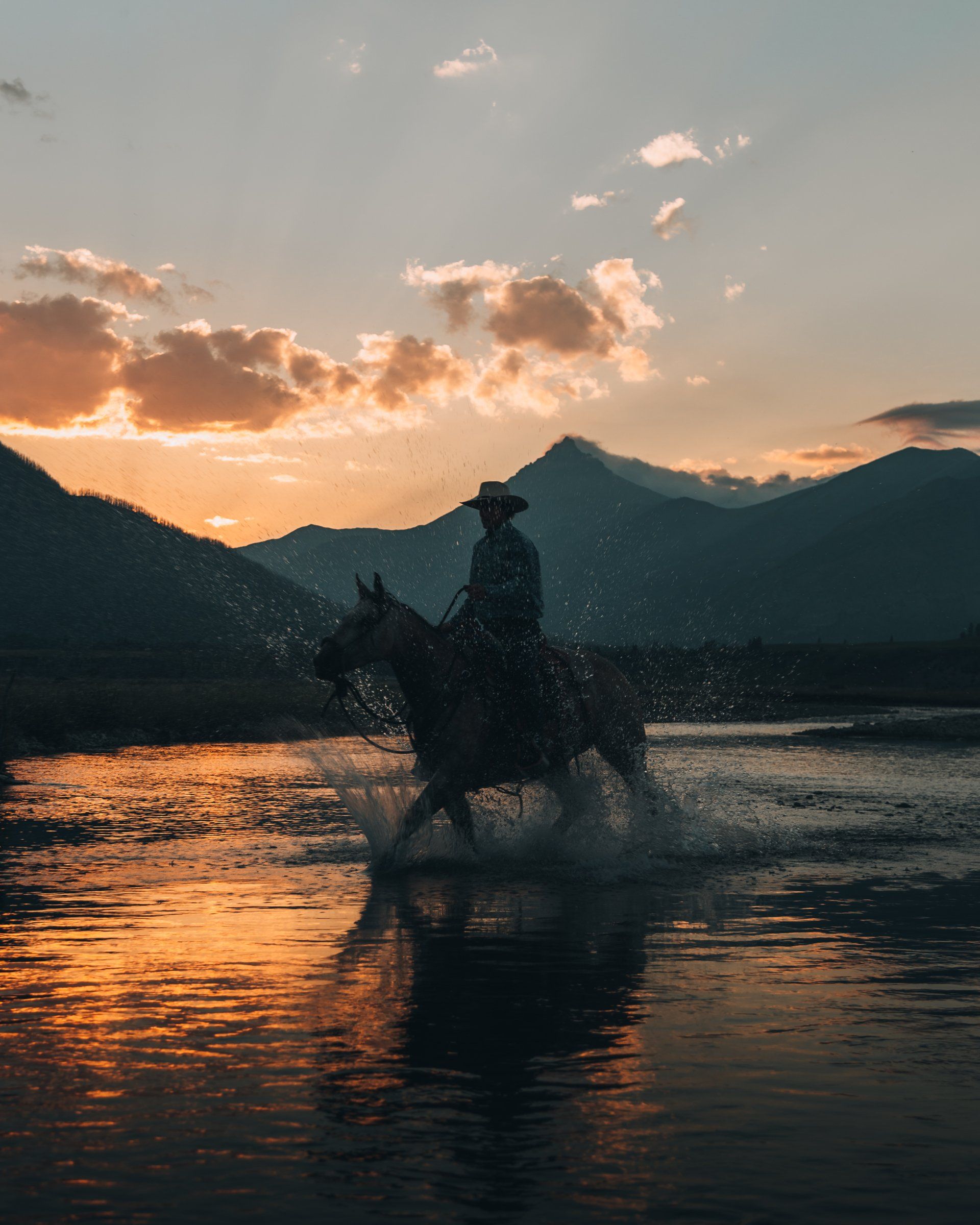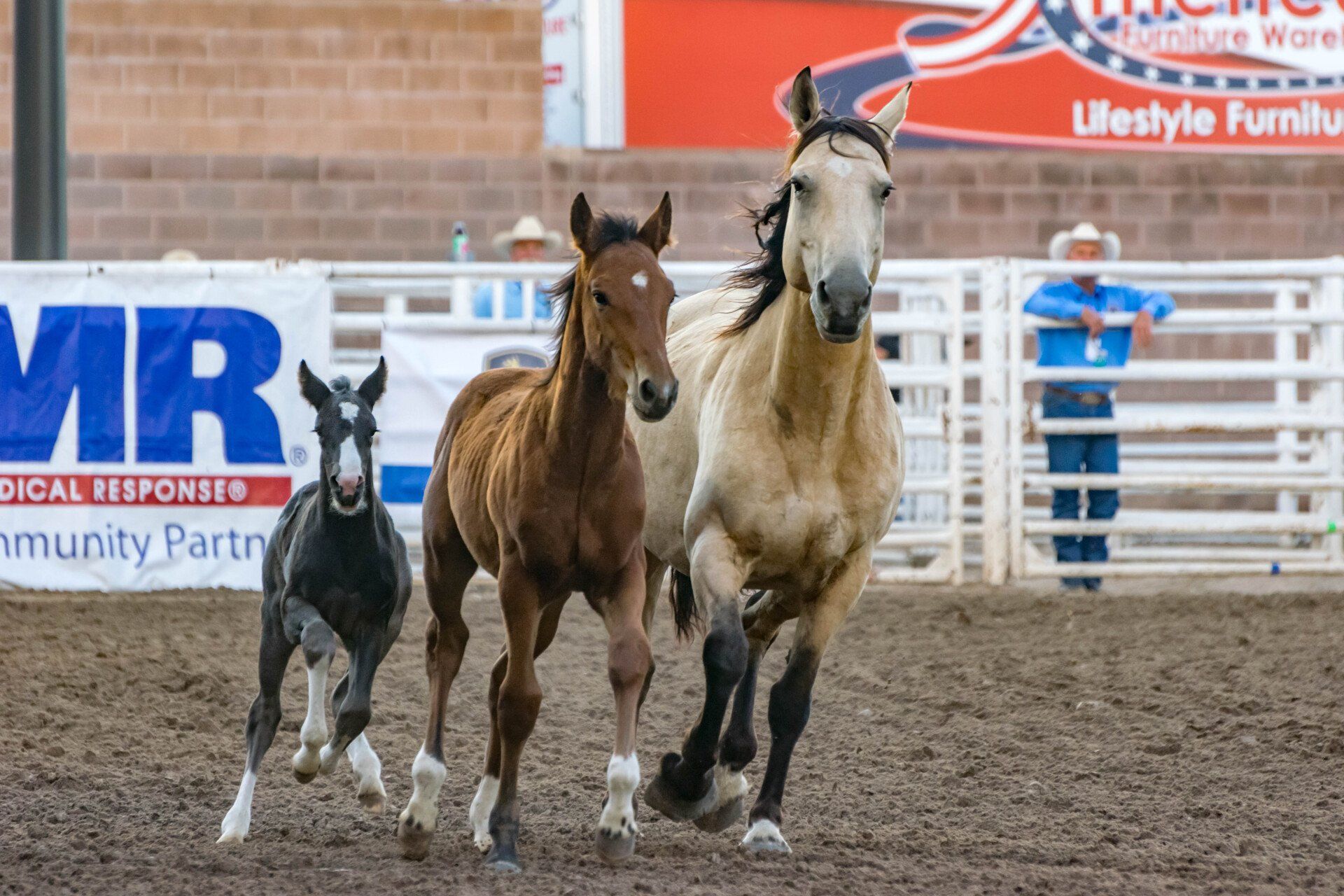Art Evolution
Throughout history, painting styles have evolved and changed, reflecting shifts in artistic, cultural, and societal contexts. Here is an overview of some significant painting styles and their evolution over time:
1. Prehistoric and Ancient Art: Prehistoric cave paintings and early civilizations such as those in Egypt, Mesopotamia, and Greece featured a stylized and symbolic approach. Paintings often depicted religious or mythological themes and were characterized by flat, two-dimensional representations.
2. Classical and Hellenistic Art: In ancient Greece, classical art emphasized idealized human figures, natural proportions, and balanced compositions. This style was later superseded by Hellenistic art, which embraced more dramatic and emotional expressions, as seen in the sculptures and murals of the time.
3. Byzantine and Medieval Art: Byzantine art, predominant in the Eastern Roman Empire, employed a highly symbolic and stylized approach with rich colors, intricate patterns, and religious themes. Medieval art, including the Romanesque and Gothic periods, featured religious subject matter, elaborate ornamentation, and increasingly naturalistic representations.
4. Renaissance Art: The Renaissance brought about a shift toward humanism and the rediscovery of classical art. Artists such as Leonardo da Vinci, Michelangelo, and Raphael in Italy, and Albrecht Dürer in Northern Europe, pursued realistic depictions of the human form, linear perspective, and a renewed interest in anatomy and proportion.
5. Baroque Art: Baroque art emerged in the 17th century and was characterized by its dramatic and dynamic compositions, strong contrasts of light and shadow (chiaroscuro), and a sense of theatricality. Artists like Caravaggio, Rembrandt, and Peter Paul Rubens exemplified this style, which often featured religious and mythological narratives.
6. Rococo Art: Rococo, which developed in the 18th century, embraced lightness, pastel colors, and ornate, decorative elements. It emphasized themes of pleasure, elegance, and the leisurely pursuits of the aristocracy. François Boucher and Jean-Honoré Fragonard were notable Rococo painters.
7. Neoclassicism: As a reaction against the excesses of Rococo, Neoclassicism emerged in the late 18th century. It drew inspiration from classical Greek and Roman art, focusing on order, clarity, and moral ideals. Artists like Jacques-Louis David and Jean-Auguste-Dominique Ingres exemplified this style.
8. Romanticism: Romanticism, which flourished in the late 18th and early 19th centuries, emphasized emotion, individualism, and the sublime. Romantic paintings often depicted dramatic landscapes, historical events, and fantastical or supernatural subjects. Artists like J.M.W. Turner, Caspar David Friedrich, and Francisco Goya embodied this style.
9. Impressionism: In the late 19th century, the Impressionist movement, led by artists such as Claude Monet, Pierre-Auguste Renoir, and Edgar Degas, focused on capturing the fleeting effects of light, color, and atmosphere. These artists broke away from traditional techniques, using loose brushstrokes and a vibrant palette.
10. Modern and Contemporary Art: The 20th century witnessed diverse art movements, including Fauvism, Cubism, Surrealism, Abstract Expressionism, Pop Art, and more. These movements challenged traditional notions of representation, embraced abstraction, explored new materials, and often reflected the changing social and political contexts of the time.
The evolution of painting styles is a dynamic and ongoing process, with contemporary artists continually pushing boundaries, experimenting with new techniques, and exploring innovative concepts. Each period's styles and movements contribute to the rich tapestry of artistic expression throughout history.
